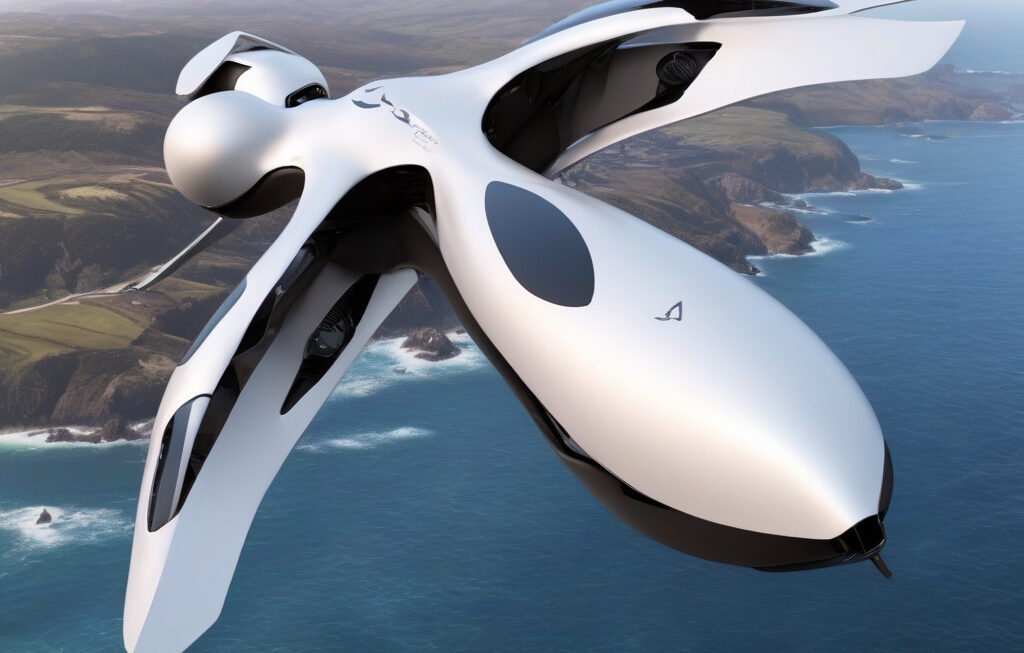Microsoft’s Light-Powered Computer Revolutionizes AI Processing Efficiency
Microsoft Research has built a prototype computer that doesn’t rely on electrons zipping through silicon. This groundbreaking innovation could potentially change the landscape of artificial intelligence (AI) processing, making it 100 times faster and more energy-efficient than traditional systems.
The conventional computers we use today rely on electron movement through semiconductors to process and store information. However, this process generates heat and requires significant amounts of energy, limiting the speed and efficiency of AI computations. Microsoft’s light-powered computer, on the other hand, uses photons instead of electrons, offering a new approach to computing that could overcome these limitations.
By harnessing the power of photons, the light-powered computer can perform AI computations at a much faster rate while consuming less energy. This could lead to significant advancements in various AI applications, from image recognition and natural language processing to autonomous driving and healthcare.
One of the key components of Microsoft’s light-powered computer is the use of low-energy light pulses to perform computations. These light pulses travel through a network of nanowires, enabling the computer to process information at the speed of light. As a result, tasks that would typically take a traditional computer hours or even days to complete can be done in a fraction of the time.
In addition to its speed and efficiency, the light-powered computer also has the potential to address the growing demand for more sustainable computing solutions. By reducing the energy consumption of AI processing, this technology could help lower carbon emissions associated with data centers and large-scale computing operations.
Moreover, the implications of Microsoft’s light-powered computer extend beyond AI processing. The ability to perform computations using photons opens up new possibilities for quantum computing, encryption, and other fields that require high-speed data processing.
While the light-powered computer is still in the prototype stage, Microsoft’s research team is optimistic about its potential impact on the future of computing. As they continue to refine and scale up the technology, we can expect to see even greater advancements in AI performance and efficiency.
In conclusion, Microsoft’s light-powered computer represents a significant leap forward in AI processing capabilities. By utilizing photons instead of electrons, this innovative technology has the potential to revolutionize the speed, efficiency, and sustainability of computing systems. As we look towards a future driven by AI and data-intensive applications, the development of light-powered computers could pave the way for a new era of innovation and discovery.
Microsoft, AI, Light-Powered Computer, Innovation, Efficiency












